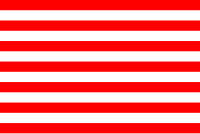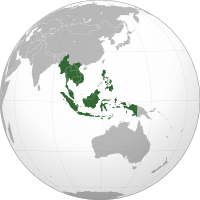-
Use Cases
-
Resources
-
Pricing
Key Facts
- Kingdoms in Southeast Asia were known for their advanced agricultural, architectural, and cultural achievements.
- The Khmer Empire, centered in present-day Cambodia, built the famous temple complex of Angkor Wat.
- Srivijaya, based in present-day Indonesia, was a maritime and commercial power in the region.
- The Majapahit Empire, also located in Indonesia, controlled vast territories and was a center of trade and Hindu-Buddhist culture.
- The kingdoms of Southeast Asia were deeply influenced by Indian and Chinese cultures, adopting religions such as Buddhism and Hinduism.
Source
This Kingdoms of Southeast Asia timeline was generated with the help of AI using information found on the internet.
We strive to make these timelines as accurate as possible, but occasionally inaccurates slip in. If you notice anything amiss, let us know at [email protected] and we'll correct it for future visitors.
Create a timeline like this one for free
Preceden lets you create stunning timelines using AI or manually.











